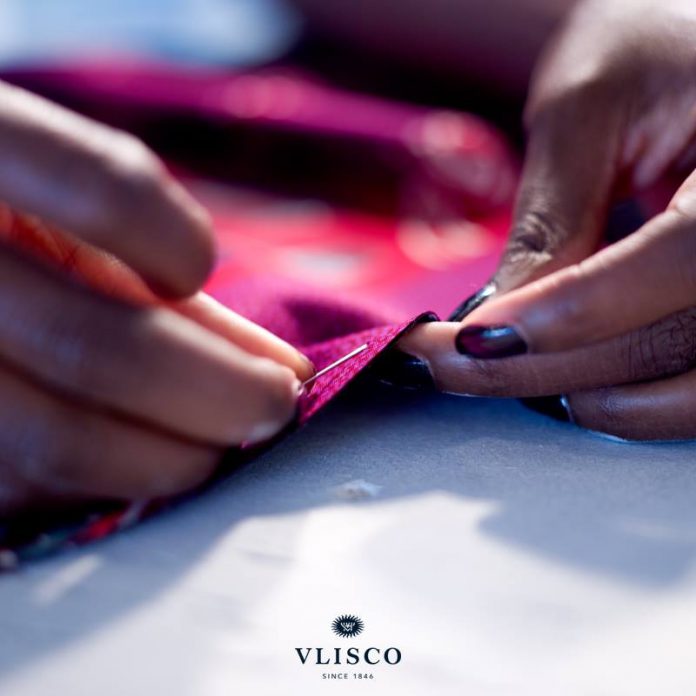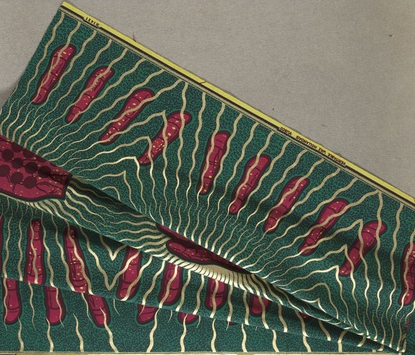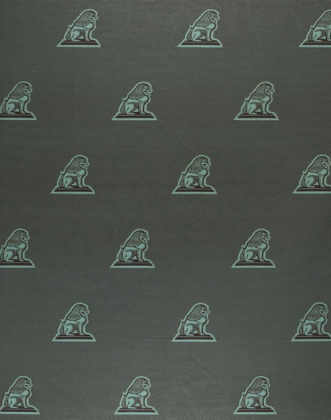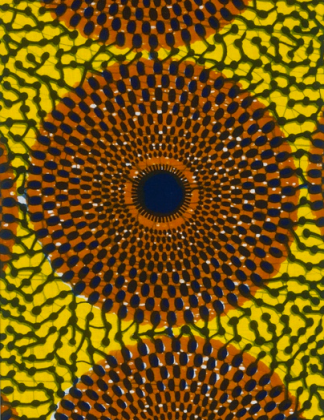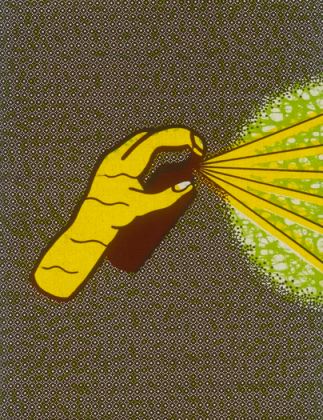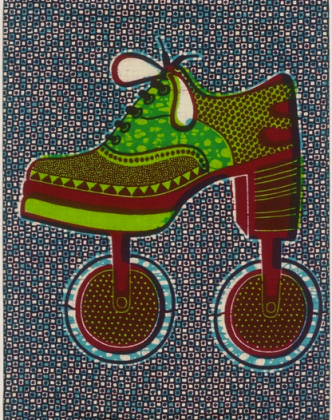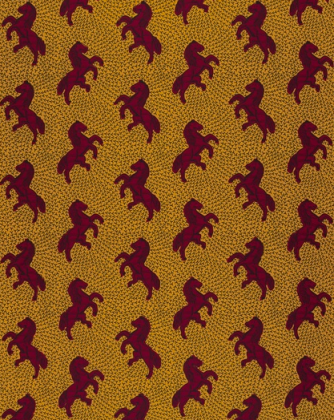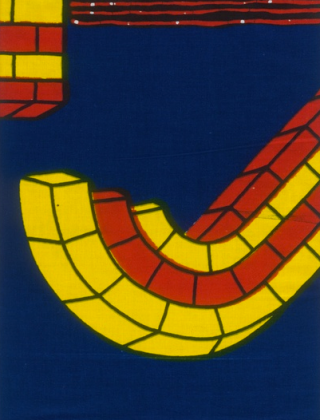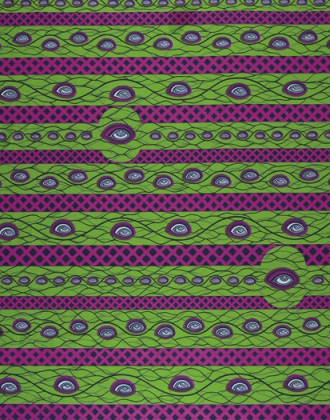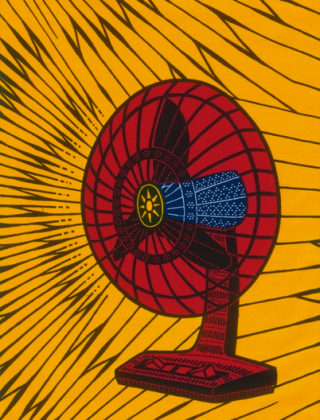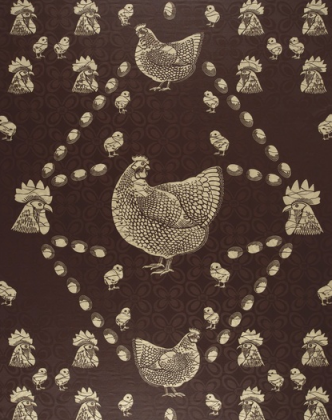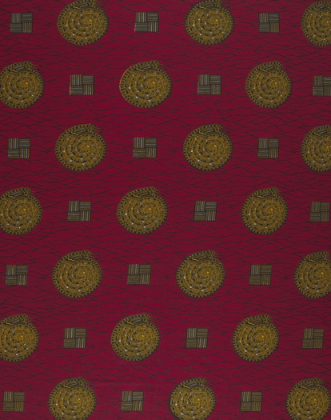Le pagne joue un rôle primordial dans les sociétés de l’Afrique de l’Ouest et du centre. Véritables liens intergénérationnels, les dessins classiques véhiculent une histoire, un message et des images intemporels.
Le pagne arrive en Afrique au début du XIXe siècle. Ce sont les mercenaires africains recrutés par les forces hollandaises pour défendre leurs territoires en Indonésie qui à leur retour des combats dans les îles de Sumatra et Bornéo emmènent avec eux de jolis batiks qui plus tard donneront vie au pagne africain.
La marque Vlisco (producteur de véritable wax hollandais) a décidé de célébrer cet héritage par une série documentaire auprès de ses consommateurs du Togo.
Vlisco est une des sociétés des plus anciennes et des plus prestigieuses dans le design et la reproduction du pagne. La fameuse société de textile de luxe hollandaise affirme que ses conceptions classiques reflètent le riche patrimoine avec de nombreuses histoires réconfortantes à raconter.
« VLISCO fait partie de l’héritage émotionnel par le pagne qui a toujours été porté par nos grands-mamans et cela se transmet de génération en génération. C’est le pagne que l’on utilise lors des grands jours, dont mariage, anniversaire, dot, etc. », affirme la responsable marketing.
Ces tissus sont donc entrés dans le quotidien des femmes africaines en épousant leur histoire, leurs valeurs, leurs aspirations sociales, à travers le temps et l’espace. Il faut savoir que le pagne est devenu pour beaucoup d’Africains un objet de culte qui appartient à l’histoire familiale. Il est une des conditions obligatoires dans les dots aux cérémonies de mariages coutumiers et une partie importante de l’héritage d’une mère à ses filles.
Regardez cette vidéo pour comprendre la signification plus profonde et même l’attachement de leurs consommateurs africains. Cette initiative prend cadre dans la deuxième édition du « mois de la Femme Vlisco », un événement de la marque visant à honorer la femme.

